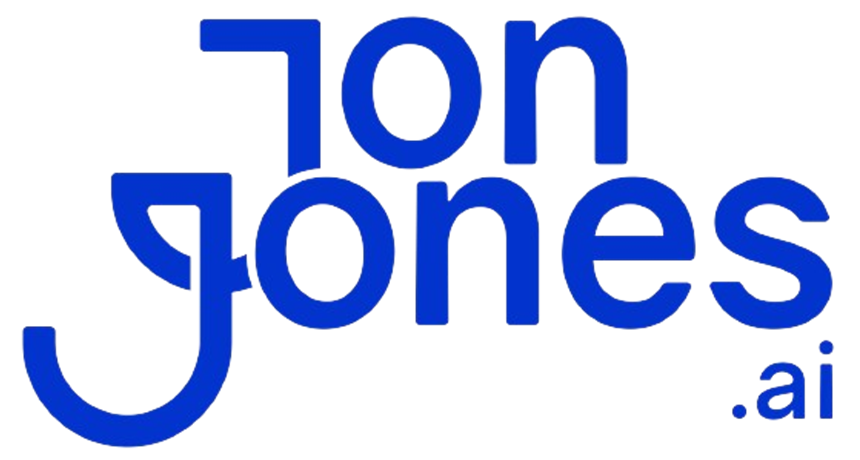Ever felt like your sales forecasts are just wild guesses?
You’re not alone. We’ve been there too.
Imagine a live dashboard that updates with real-time data, spots trends before they slip through the cracks, and guides you toward the next right move.
Nice.
It’s like having a smart teammate who never sleeps.
In this post, we’ll walk you through five easy steps to build your own predictive analytics dashboard (using past data to forecast future results).
We’ll start by setting clear goals.
Then we’ll move on to training a predictive model (an algorithm that learns from your data).
Finally, we’ll craft visuals that pop.
By the end, you’ll have a dashboard that feels like a trusty co-pilot for every decision.
Got it?
Let’s dive in.
Key Steps to Build Predictive Analytics Dashboards for Actionable Insights
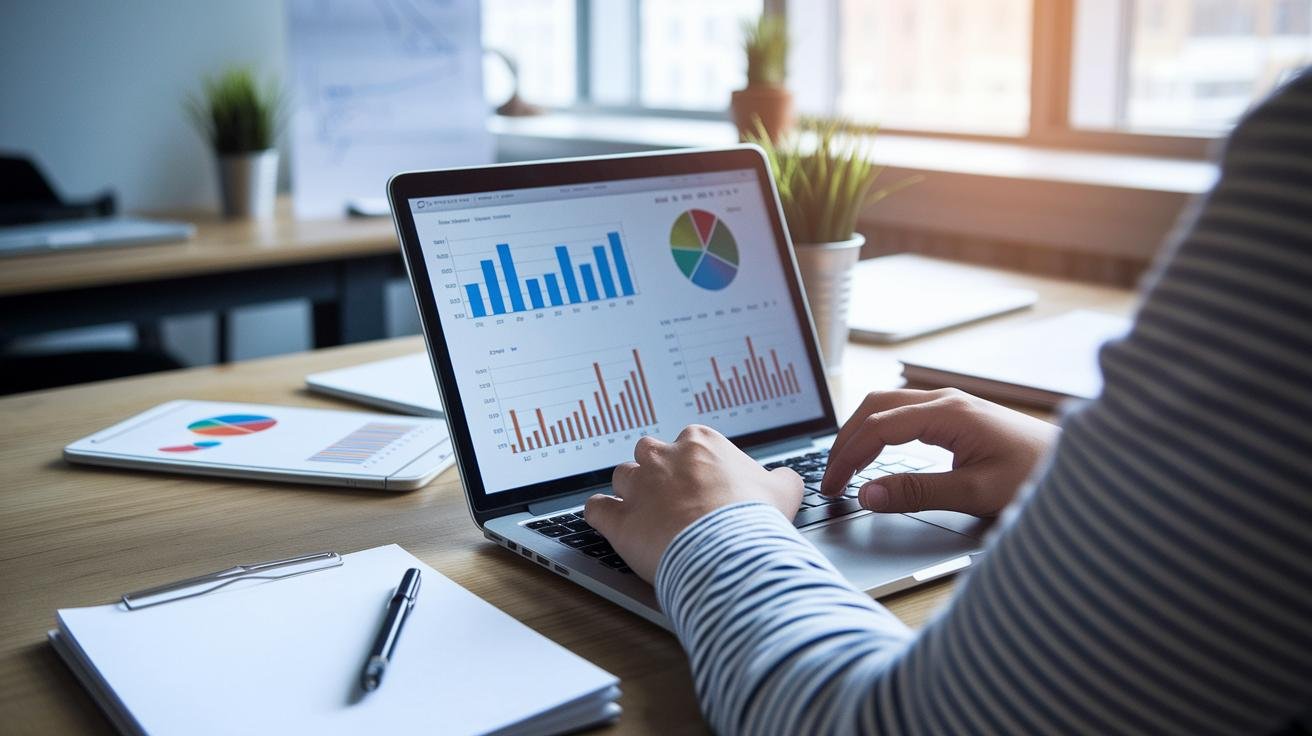
Every predictive analytics dashboard (digital layout that shows data and forecasts) project follows seven steps that take you from fuzzy ideas to clear insights you can act on. These steps help you pull key metrics into one place and watch performance at a glance. When you and your team use proven dashboard tips, your charts stay clean, your KPIs (key performance indicators) stay relevant, and you are ready for what’s ahead.
- Define goals
- Select KPIs
- Prepare data
- Train predictive models (algorithms that forecast outcomes)
- Integrate data streams
- Design visuals
- Launch & review
Each step builds on the last, so your dashboard works like a well-oiled machine. We start by picking KPIs that tie directly to your goals. Next, we clean and prep your data so your predictive models have quality input. Then, we set up live data feeds – imagine the dashboard lighting up with fresh sales numbers. Nice.
After that, you design visuals using clear layouts, grouped metrics, and color cues for quick scans.
Launch day is where we gather feedback on how easy the dashboard is and how accurate the forecasts feel. Then, we tweak data queries, adjust visual rules, and keep improving so insights stay sharp. Next, we’ll dive into each step with real-world tips: data-prep tools, top streaming platforms, chart choices for spotting trends, and best practices for security and speed. By the end, you will master predictive analytics dashboard design and make every metric tell a story.
Preparing Data and Models for Predictive Dashboards

Accurate insights start with solid data and reliable models. We use ETL (extract, transform, load) processes to pull in your data, clean it up, and load it into your dashboard. That keeps everything steady and up to date. Then you’ll track model accuracy and spot data shifts early so your predictions stay sharp and trustworthy. Picking the right algorithms ties back to Algorithms for Predictive Analytics to make sure your forecasts match real-world trends.
Data Cleaning Techniques
Data cleaning is a simple, four-step routine:
- Automated checks flag weird or inconsistent data as soon as it arrives.
- Missing values get filled with business rules or smart guesses so gaps don’t throw off your forecast.
- Outlier detection hunts down values that stick out and decides if they belong.
- Time-series databases like InfluxDB or Apache Druid handle live streams, letting you clean data in real time.
Feature Engineering Strategies
Feature engineering turns raw numbers into signals your model understands. We might:
- Build rolling averages (like smoothing out daily spikes) or interaction terms to reveal hidden patterns.
- Scale numeric fields so no feature overpowers the rest.
- Encode categories with one-hot or target encoding to turn words into numbers.
These tweaks give your algorithms clear clues, so they learn faster and predict better.
Integrating Live Data Streams in Predictive Analytics Dashboards
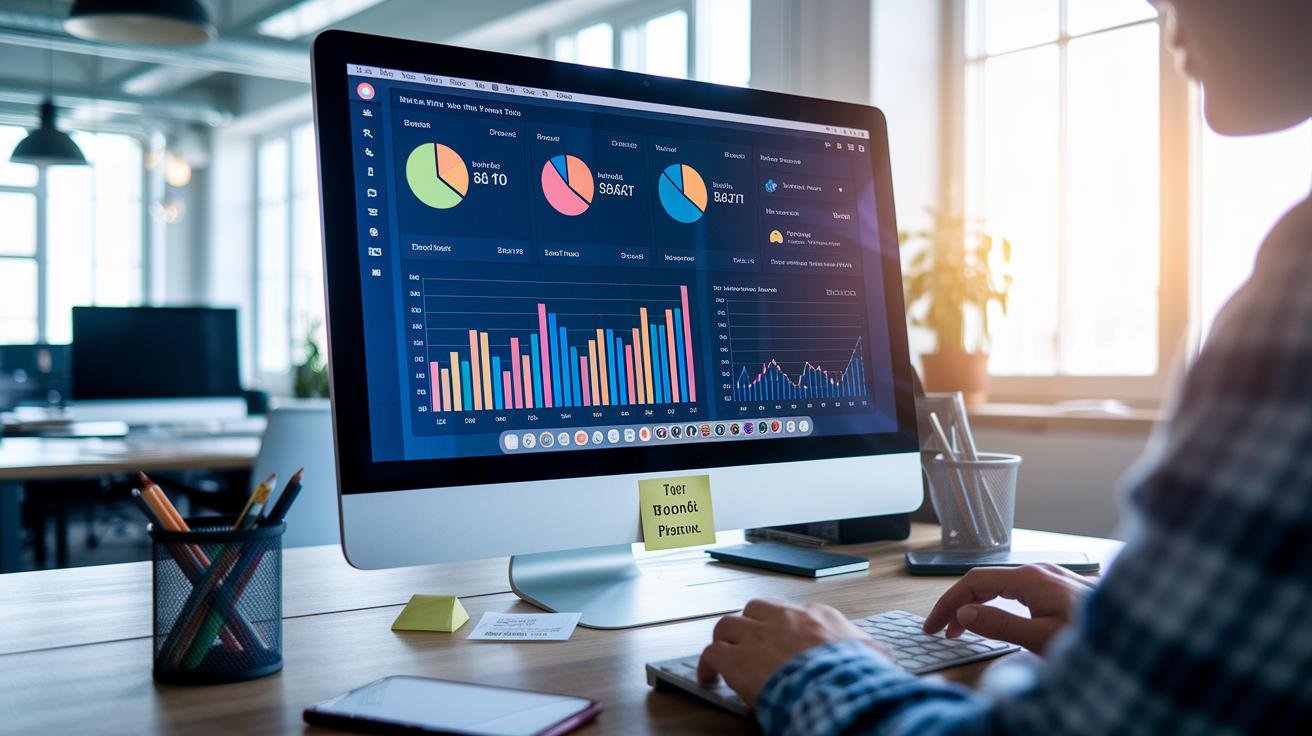
Ever felt stuck with stale data? We hear you. By linking live data feeds (streams of up-to-the-second info) to your dashboard, you get refreshed predictions in just seconds.
We set up real-time data streaming pipelines (systems that move data as it happens) so your forecasting models receive fresh inputs nonstop. That means you spot shifts early, before they turn into headaches. Plus, solid integration cuts lag and keeps your metrics in sync across all your tools.
Real-Time Data Streaming Tools
Let’s say you choose Apache Kafka (a messaging system) or AWS Kinesis (Amazon’s streaming service). We start by naming streams for each data source. Then we install brokers (the servers that route your data), configure producers to send events, and set subscribers to pull them into your analytics engine.
And just like that, you’re handling millions of events per second with almost no delay. Your dashboard stays snappy, even when traffic spikes. Nice.
Next, we’ll talk about keeping that performance consistent under load with smart aggregation.
Efficient Data Aggregation Methods
Incremental loading (only grabbing new data since the last pull) makes queries faster and shrinks your costs. Change Data Capture (CDC) watches database edits and pushes updates as they happen, you don’t need full refreshes. Then you can set hourly or minute-level updates to keep things really fresh.
These steps ensure your dashboard reacts in real time and your predictive models stay accurate. No more waiting around for insights.
Designing Effective Visualizations in Predictive Dashboards

Predictive dashboards (dashboards that forecast future trends) shine when you pick the right chart. Picking the right chart helps you highlight trends and cut confusion.
Use line charts to trace ups and downs over time. Heat maps (color-coded grids) help you spot clusters or oddities at a glance.
Bar charts work great when you compare categories side by side. Gauge charts (dial-style visuals) let you track key goals.
Applying basic color theory (how colors work together) helps you signal good versus bad at a glance, green for on track, red for alerts. Group related metrics and lock in a few go-to colors, you know. You’ll keep users from feeling swamped.
| Chart Type | Use |
|---|---|
| Line Chart | Trend and Forecast Visualization |
| Heat Map | Pattern and Anomaly Detection |
| Bar Chart | Category and Segment Comparison |
| Gauge Chart | KPI Progress Indicators |
Interactive chart components bring dashboards to life. Things like drill-down menus (click to dive deeper), hover tooltips (small pop-up notes), and dynamic filters (live controls) let you explore data without leaving the page.
When we merge smart chart choices with interactive features, you and your team can slice data by region or time. That often reveals insights a static image would hide.
Next, we’ll show you how to build an interface where anyone can click, filter, and uncover predictive insights right away.
Ensuring Accuracy and Security in Predictive Analytics Dashboards
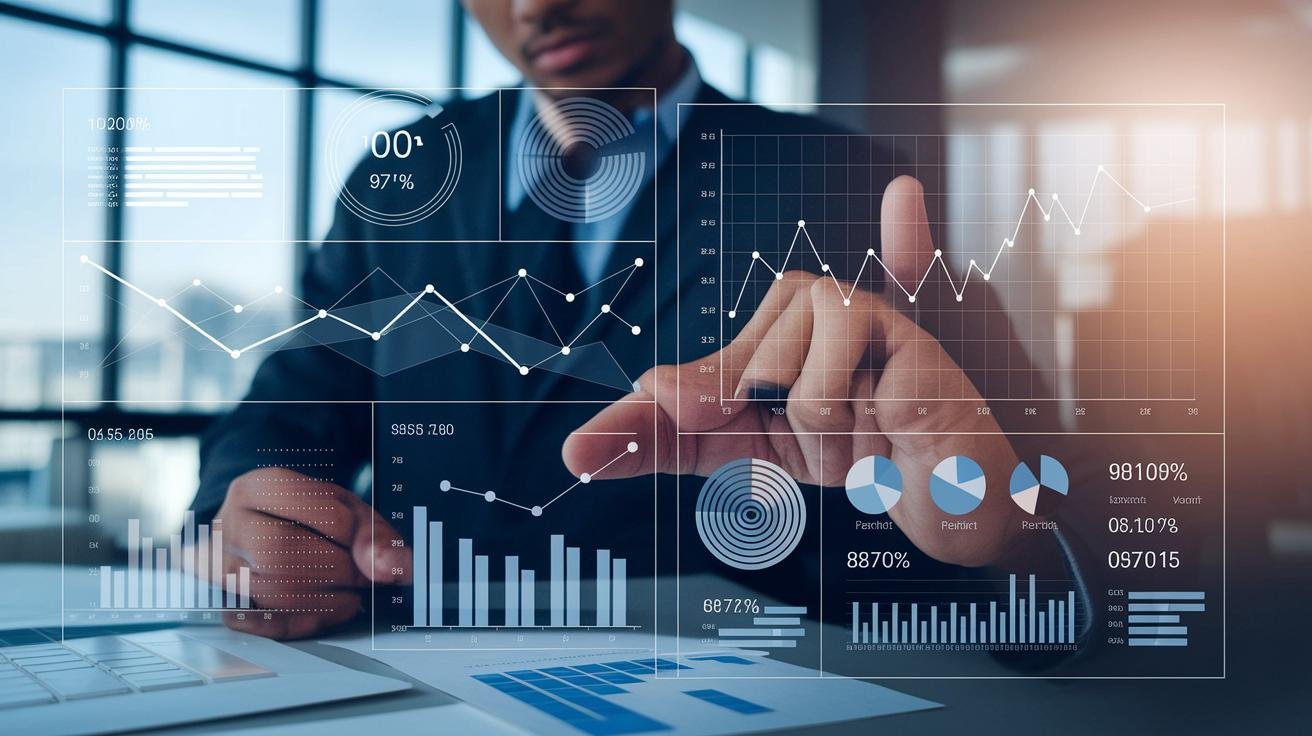
We start by making sure your predictive analytics dashboards (tools that use past data to forecast future trends) run on spot-on data.
Our first move is automated validation checks (automatic tests that catch weird values or missing entries). These checks flag outliers or gaps the moment new records show up.
Then we stream everything into a time-series database (a database storing data points over time) like InfluxDB or Apache Druid. That way, your dashboard queries run against clean, reliable inputs.
And with built-in anomaly detection visualization (spotting data that doesn’t fit), you’ll see spikes or drops highlighted in color. Nice. You can trust your forecasts and know exactly when your models need a tune-up.
Security matters just as much. We encrypt data at rest and in transit (scrambling it whether it’s stored or moving). Then we apply role-based access control (RBAC) so you assign permissions per user or team. Sales sees only revenue forecasts. Finance dives into credit risk numbers.
Strict dashboard security cuts breach risks and makes sure everyone gets just the metrics they need, nothing extra. We round it out with data governance to keep things compliant and trustworthy.
We run regular audits on data sources, data lineage (where data comes from), and access logs so you can prove compliance with GDPR (EU privacy law) and CCPA (California Consumer Privacy Act). Clear policies on data retention, versioning, and model updates prevent drift and confusion.
Then we link governance with automated monitoring. Your dashboard stays accurate, secure, and ready for whatever comes next.
Results matter.
Enhancing User Experience and Interactivity in Predictive Dashboards
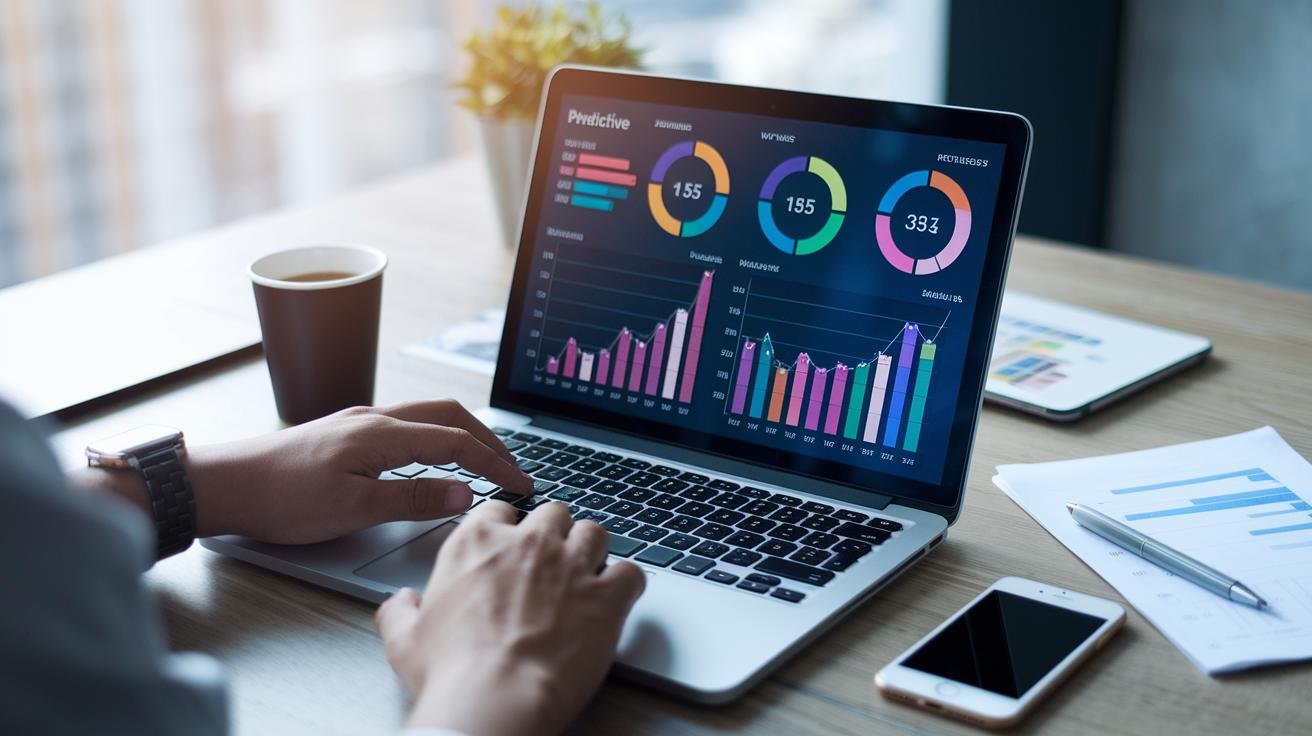
An intuitive predictive dashboard (a dashboard that uses an algorithm to forecast trends) cuts friction and speeds up your decision making. We let you assign user roles so each team member sees the metrics that matter. For instance, your marketing lead can keep campaign KPIs front and center while your finance officer tracks risk metrics on launch day.
You save personal widget layouts so you never set up the same view twice. These custom dashboards clear the clutter. Adoption goes up, fast.
Interactive features turn static charts into exploration tools. You tap a bar chart to dive into the numbers behind it and use custom date ranges to zoom in on any time frame. Nice.
Dynamic filters update related charts instantly. Spot patterns across regions, products, or customer segments in a snap. You can even bookmark your favorite drill-down path and revisit a specific cohort in seconds.
Our mobile-friendly design keeps insights in your pocket. Touch controls let you swipe through data on any smartphone or tablet. Fast loading times keep scrolling smooth so you don’t lose focus when you jump from overview to detail.
We test across devices to make sure charts render cleanly everywhere. Then, by blending role-based views with on-the-fly analysis, your team unlocks deeper insights without wrestling a clunky interface.
Selecting Tools and Platforms for Predictive Analytics Dashboards

Picking the right platform comes down to matching your current tech stack, handling real-time data (info that updates instantly), and staying secure under heavy use. We want a dashboard (visual screen that shows your key metrics) that plugs into your CRM (customer relationship management tool) or data warehouse (central data storage). And it can process high-volume streams without lag.
Cloud options like Power BI predictive dashboards and Tableau predictive analytics (algorithm that forecasts trends) nail deployment and give you managed services to scale. If you lean open source, Python (a programming language) and R (statistical software) let you build custom models and visuals, but you’ll need to set up hosting or containers yourself.
Your choice shapes how fast you move from raw data to action. Let’s look at the core tools.
| Tool | Key Feature |
|---|---|
| Python | Custom model integration via libraries like scikit-learn |
| R | Advanced statistical plotting with ggplot2 |
| Power BI | Built-in predictive analytics visuals |
| Tableau | Drag-and-drop forecast trend lines |
If you pick Python, we suggest setting up an API with Flask (a micro web framework) or FastAPI (a high-speed API tool) to serve predictions. Then embed interactive charts with Plotly (a graphing library).
For R, wrap your scripts in a Shiny app (an interactive web app) and use R Markdown (a dynamic report tool) for live reports. Power BI shines when your data lives in Azure. Tableau stands out if you want simple drag-and-drop forecasts on your own server or in the cloud.
In the end, cloud and self-hosted dashboards can work side by side. It’s just a balance between setup effort and long-term flexibility.
Maintaining and Optimizing Predictive Analytics Dashboards

Quarterly check-ins keep your predictive analytics dashboard (a tool that uses an algorithm to forecast trends) aligned with your changing goals. Each session, we pull in new data sources, tweak queries (data requests) for speed, and ask for your feedback. We also track dashboard usage analytics (data showing who views what and when) to spot charts no one clicks or layouts that confuse you.
We use view counts and click patterns to guide our updates. After a few cycles, you’ll spot slow queries and extra widgets in no time. Nice.
Next, we set up data refresh schedules so new numbers flow in hourly, daily, or on demand. This smart refresh plan prevents stale figures and keeps decision-makers confident in the latest forecasts. We also rely on asynchronous data loading (loading info in the background) and optimized queries so pages stay snappy, even with large datasets.
Then we move into an iterative design rhythm: small tweaks, real-world tests, repeat. You’ll adjust chart layouts, color cues, and filters based on actual usage. By looping through your feedback, performance metrics, and usage analytics, your predictive analytics dashboard gets more reliable over time.
Final Words
We kicked things off by aligning your goals and picking the right KPIs, then prepped data, trained models, set up live feeds, and designed visuals.
We wrapped up with security checks, user-focused features, tool options, and optimization tips.
With this roadmap, you’re set to see real insights in action. Now you’ve got a clear path on how to build predictive analytics dashboards that boost efficiency and fuel smarter decisions.
Stay curious, test tweaks as your data changes, and revisit your dashboard regularly for fresh insights. You’ve got this.
FAQ
What is a predictive dashboard?
A predictive dashboard is a data analytics interface that displays current metrics and future forecasts by combining live data, predictive models, and visual insights for proactive decision-making.
How to build predictive analytics dashboards?
Building predictive analytics dashboards starts with defining goals, selecting KPIs, prepping data, training models, integrating live feeds, designing visuals, then launching with ongoing reviews to ensure actionable insights.
How to build predictive analytics dashboards using Python?
Building predictive analytics dashboards in Python involves preparing data with pandas, training models via scikit-learn, then visualizing forecasts using libraries like Dash or Plotly for interactive, custom dashboards.
How to do predictive analysis in Excel?
Doing predictive analysis in Excel uses built-in forecasting functions or the Analysis ToolPak to fit trends, apply moving averages, and display projections via Excel charts for quick insights.
What are some predictive analytics dashboard examples?
Predictive analytics dashboard examples include sales forecasting panels, inventory demand heat maps, churn prediction gauges, and customer lifetime value trend charts to visualize future performance across key metrics.
What predictive analytics techniques and models are common?
Common predictive analytics techniques and models include regression for trend forecasting, classification for categorization, time-series analysis, decision trees, and ensemble methods like random forests for robust predictions.
What tools support predictive analytics?
Predictive analytics tools range from Python libraries like pandas and scikit-learn to BI platforms such as Power BI and Tableau, offering built-in forecasting visuals, model integration, and real-time data processing.
